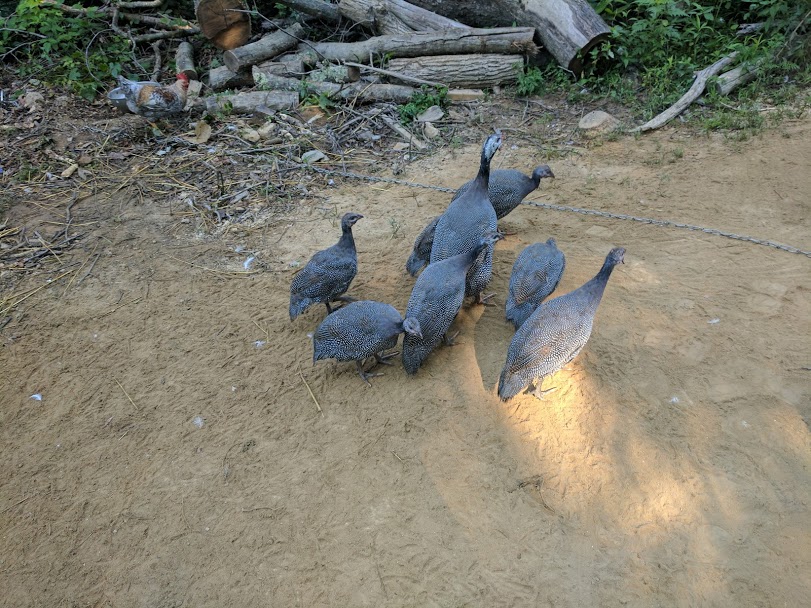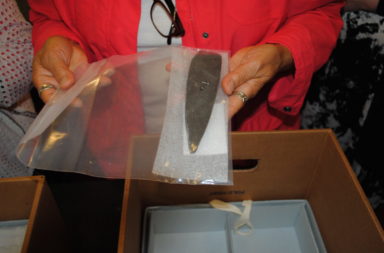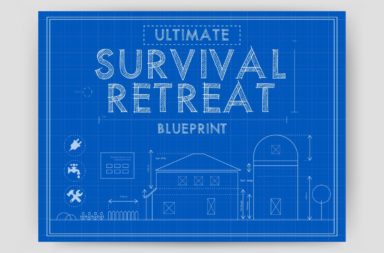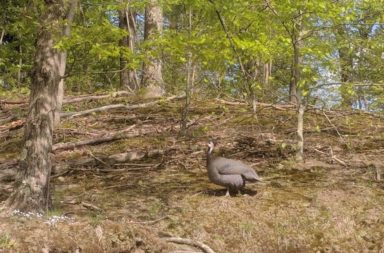We have all heard the phrase, “you are what you eat.” During a doomsday disaster scenario, you will eventually be eating only what you are growing and raising yourself.
Being able to keep livestock, even small livestock like chickens, should be an essential part of any prepper’s survival plan. Relying on hunting, fishing, and foraging to feed yourself and your loved ones will likely and ultimately, result in starvation.
No matter how good of a shot, angler, or forager or trapper you are, natural resources will become overly taxed during a long-term disaster. Simply going out to search, shoot, or cast for food could cost you your life. You could spend all day hunting for even a squirrel to have for dinner, only to have it stolen from you at gunpoint before you leave the woods.
Possessing outdoor survival skills surely increases your chances of survival exponentially, but relying solely or primarily on finding enough food to escape starvation, it not a solid survival plan.
How can urban preppers keep survival livestock? Well, they really can’t – yet another reason to relocate away from such a dangerous and natural resource depleted area now, before disaster strikes.
Top Survival Livestock
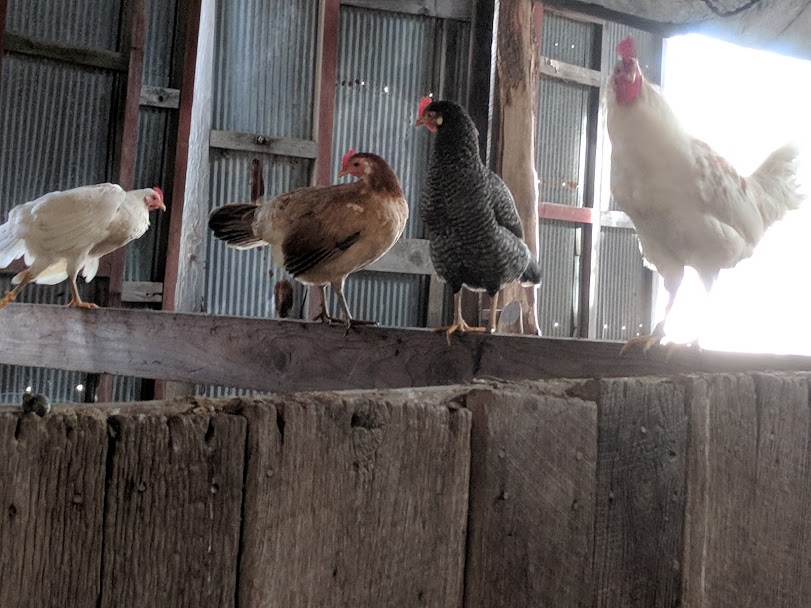
Chickens
If you live in a “right to farm” state, odds are highly in your favor that even if live in a small town, the suburbs, or perhaps even in some urban areas, you can keep chickens.
Chickens provide a source of both eggs and meat – protein will be vital to your strength, health, and overall survival chances during a long-term disaster. You must keep a rooster in order to have a sustainable flock, this might be problematic outside of rural areas. Investing in some common, yet quiet chickens breeds (yes, they do exist) will help with OPSEC – and hopefully curtail complaints if you are unfortunate enough to have next door neighbors. Bantam chickens are relatively quiet, are great egg sitters, and are small enough to be able to be kept in most small town and suburban backyard coops. The roosters of this breed are also pretty quiet and known to be significantly docile.
Rabbits
If you do not have enough land to house and provide pasture for large livestock, rabbits could be a solid and sustainable source of inexpensive protein. They reproduce quickly, are inexpensive to feed, mature at a rapid pace, and are simple to butcher even for a novice. If you place the rabbit hutch over your compost pile, the little meat producers will help cultivate rich soil for the next growing season.
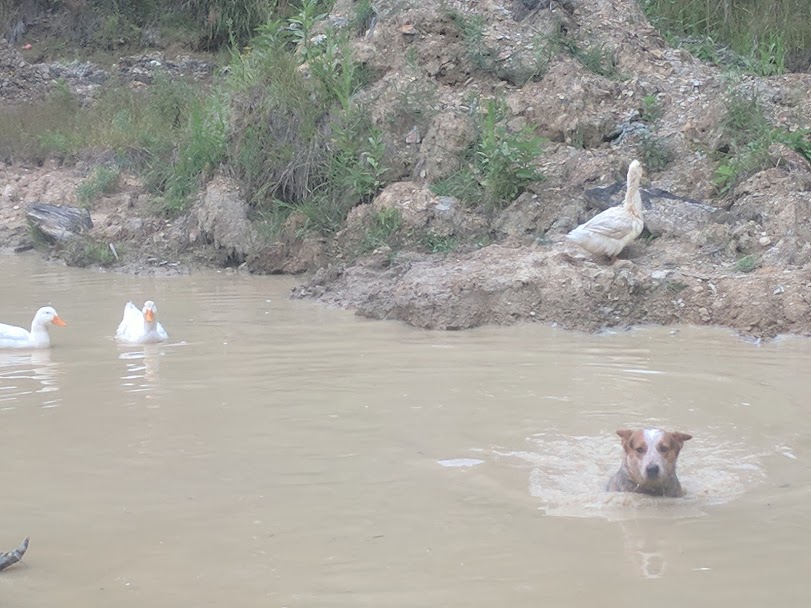
Ducks
Contrary to popular belief, you do not need a pond to raise ducks. Sure, my flock loves to spend their days out on the pond, but they also have a plastic baby pool in their spacious run, and would be quite content splashing around in it if I did not have enough land to provide them with a pond. Like chickens and rabbits, ducks are not expensive to purchase, feed, and require little space to keep. You can buy or cheaply build a “chicken tractor” that these three small survival livestock all-stars can be ushered around in to allow them to eat grass and bugs to fulfill their natural dietary needs and cut down on feed cost and stockpiling needs.
Guineas
These birds are not necessarily for eating, but they can help fulfill the protein needs of the family, as well. Guineas help protect your flocks of meat and egg birds, eat copious amounts of snakes, bugs and ticks, (great to have around your growing areas) and a roundly applauded for as being a living and breathing low-tech alarm system, they will shriek both loudly and constantly any time something is amiss in their barnyard or prepper retreat territory.
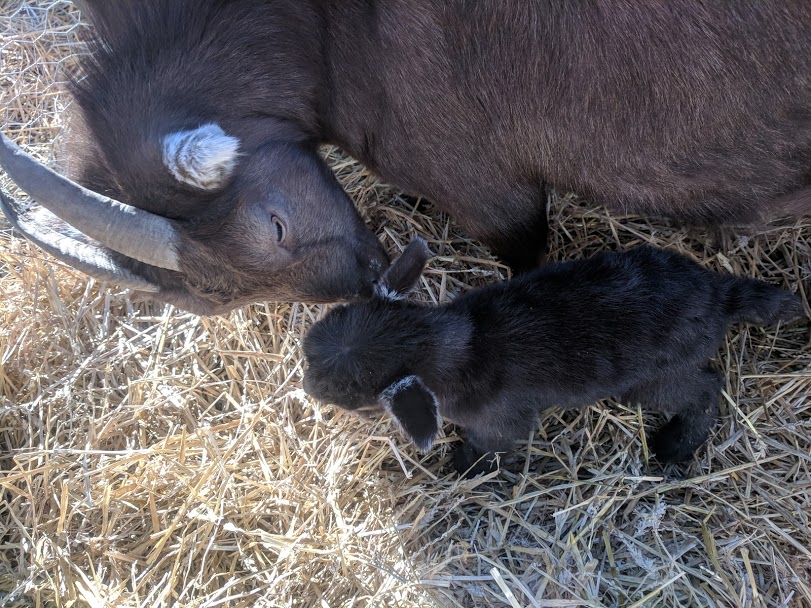
Goats
This type of medium livestock will give back to the prepping family in three ways: meat, milk, and weed eating. Goat’s milk is sweeter than cow milk and works just as well in cooking and baking recipes – as well as for drinking out of a glass and making soap. If you do not have the space, funds, or butchering skill to purchase cattle, goats are a great protein producing option. Pygmy and Nigerian Dwarf goats are not any larger or louder (actually a lot quieter) than most dogs. If you live in suburbia or a small town, it would be feasible (although maybe not legal, depending upon local laws) to keep a small stature goat in your backyard. A chain link or vinyl picket fence that is at least three and a half feet tall and dog boxes, can work just fine to house a miniature goat herd.
Hogs
Rural preppers should invest in hogs (a.k.a. pigs) to keep their family well-stocked in delicious protein. Hog pens by design, do not take up much space – a human amount of space but not so much room they walk off all of their fat. Many small acreage farmers simply train their hogs like children do in 4-H, so they can be walked around the yard for daily exercise, to reduce the space and expense associated with constructing a run area in a pen. Butchering a hog is not really difficult, the only hard part about the process is lifting the hog to do the work – a tractor with a wench or some really strong folks using a chain and a sturdy tree branch, can accomplish this task in a power grid down situation.
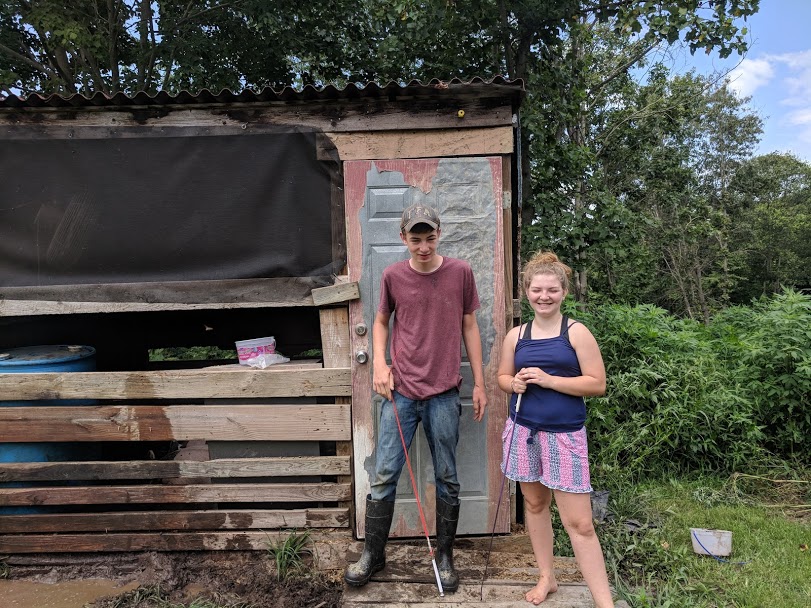
These young hog keepers began learning how to train and handle hogs during their early years in the 4-H program. They are standing outside of a sturdy hog pen that was constructed using nothing more than scrap materials – and a lot of hammering.
Cattle are a part of our near future survival plan. We live on a 56-acre survival retreat and have enough pasture area and hay fields to be able to provide for a three beef cattle and a dairy cow during a long-term disaster when grain cannot be purchased.
There is immense value in keeping cattle as part of your survival livestock plan, but to do so you must be able to feed them during the winter and without the need to supplement their pasture intake even during the warm months of summer.
Rural preppers on a smaller acreage survival homestead could consider keeping Dexter cattle – a miniature breed. The animals will not provide as much beef or milk, but require significantly less space to roam and consumer less feed.
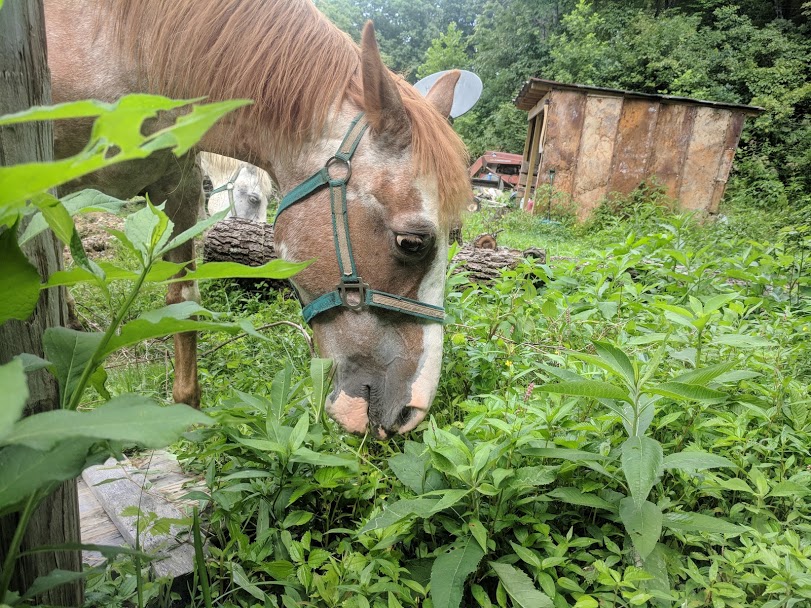
Although eating horse meat is not something we do in America, at least not when starving during a SHTF scenario, keeping horses should be a part of a rural preppers long-range survival plan. During the rebuilding phase of society after a mega disaster, horses will likely once again become the main mode of transportation and used heavily in agriculture endeavors.
The sooner you begin acquiring survival livestock, the sooner you can begin harvesting and preserving your own meat, eggs, and even milk and breeding the animals to further your flocks and herds – or to sell to buy more valuable preps!
